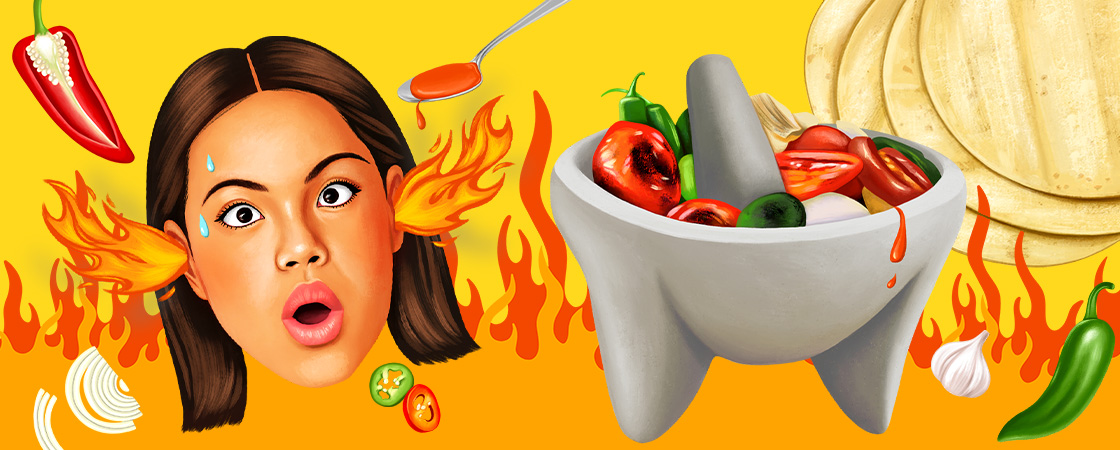Art by Juliette Toma
It’s a stone
In my abuela's kitchen,
A stone which
Grinds Fresno chiles
And runs with
The blood of tomatoes.
The half moon of onion
Cries sad tears
Into the stone,
And my abuela
Leaks two or three tears,
Not from the sadness
Of a son going away,
Not for the starstruck
Young couples
In TV novelas.
It’s the onion
That makes her cry.
She wipes a tear
With a crushed Kleenex
And waves a hand
Over her nose,
The fumes of the chile
Lifting toward the ceiling.


